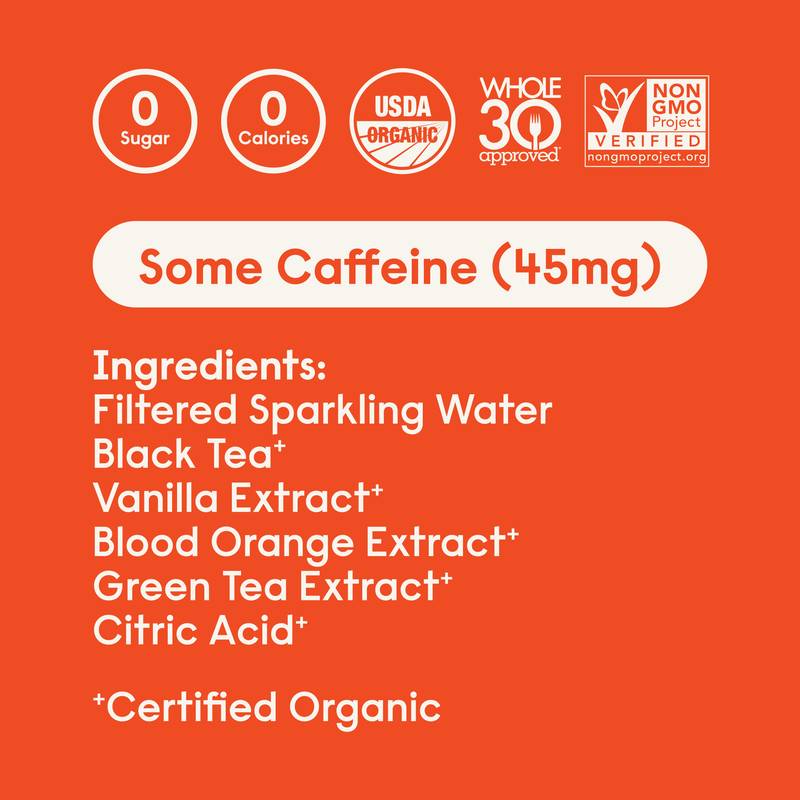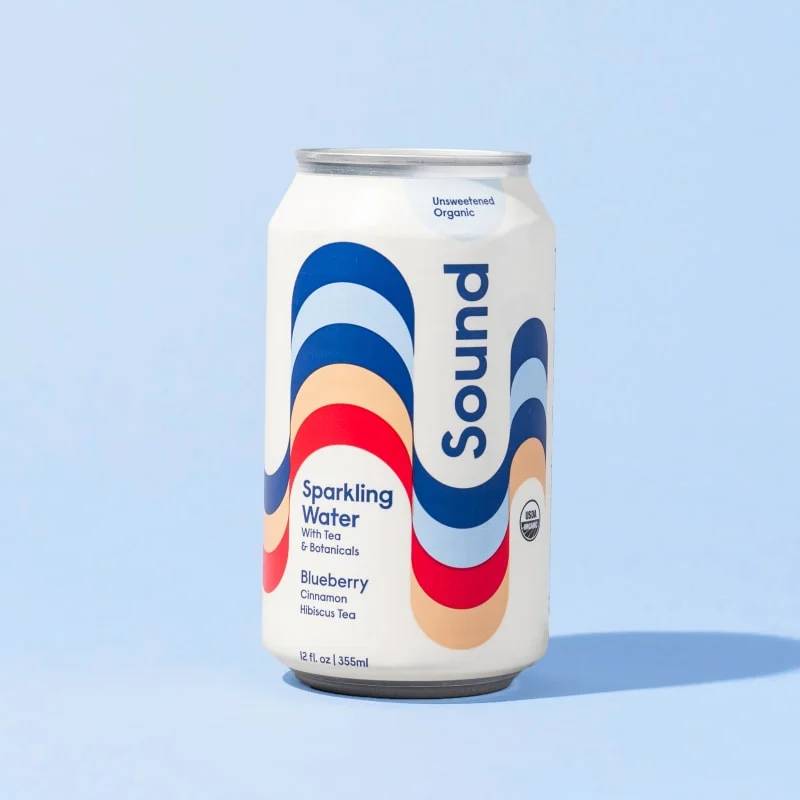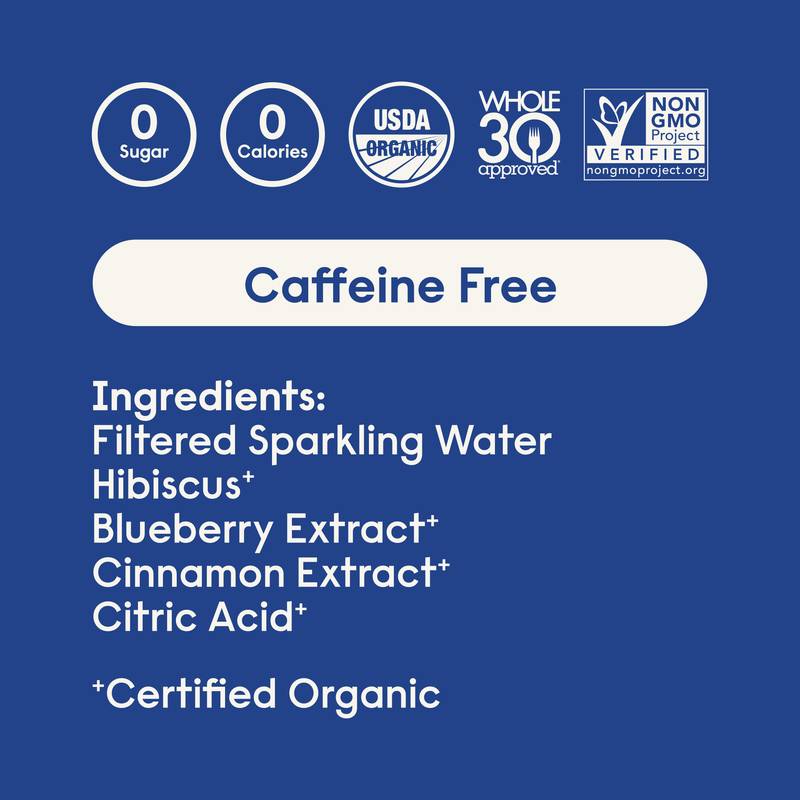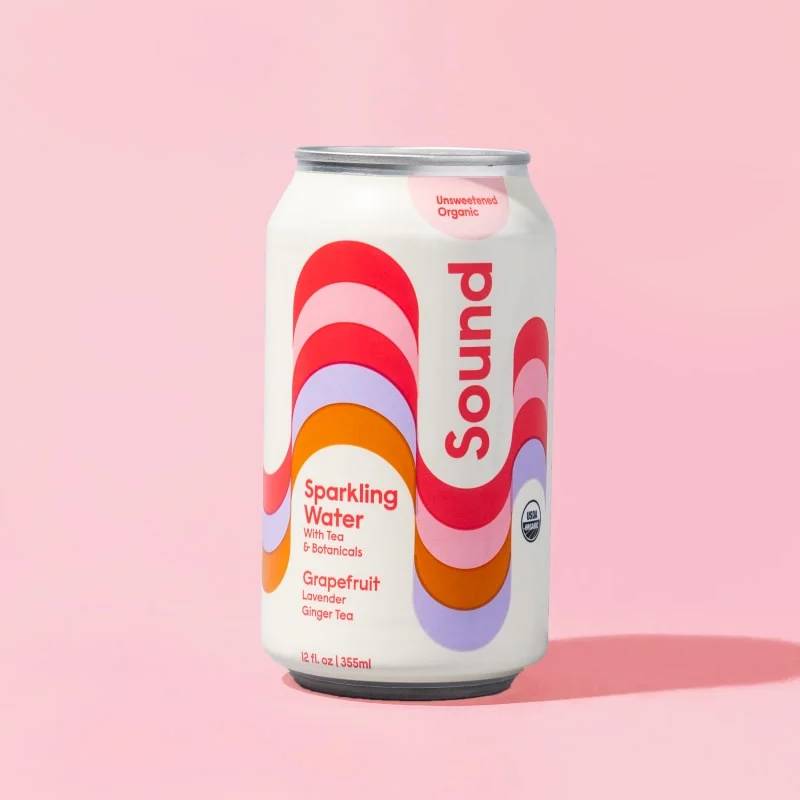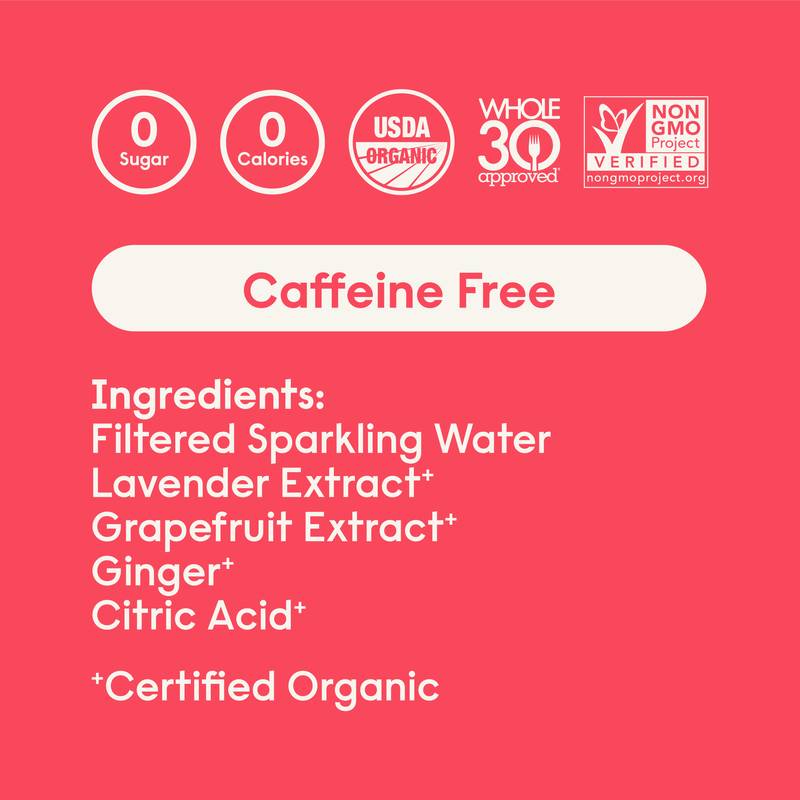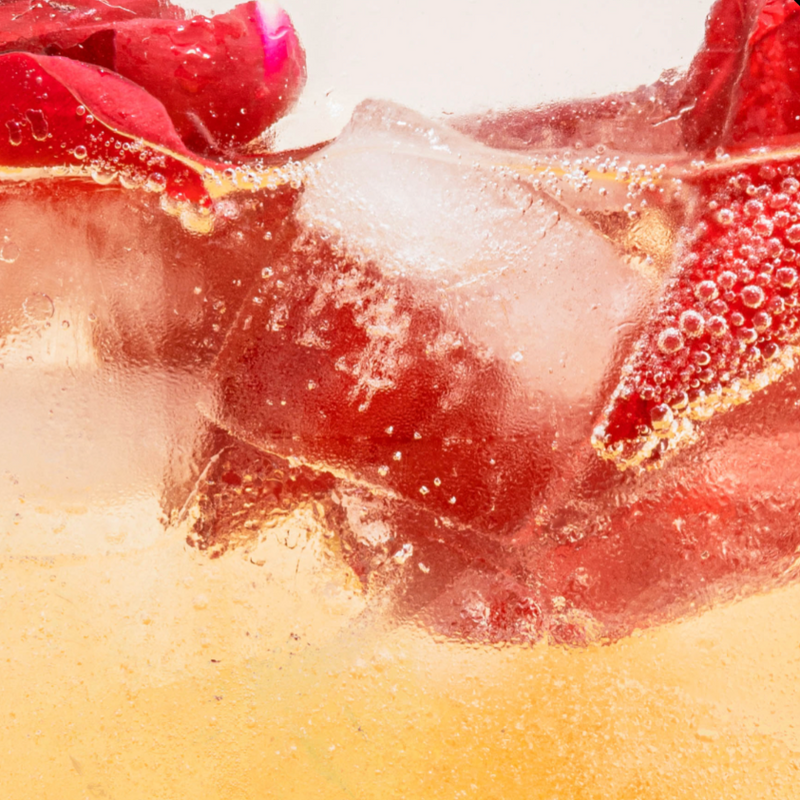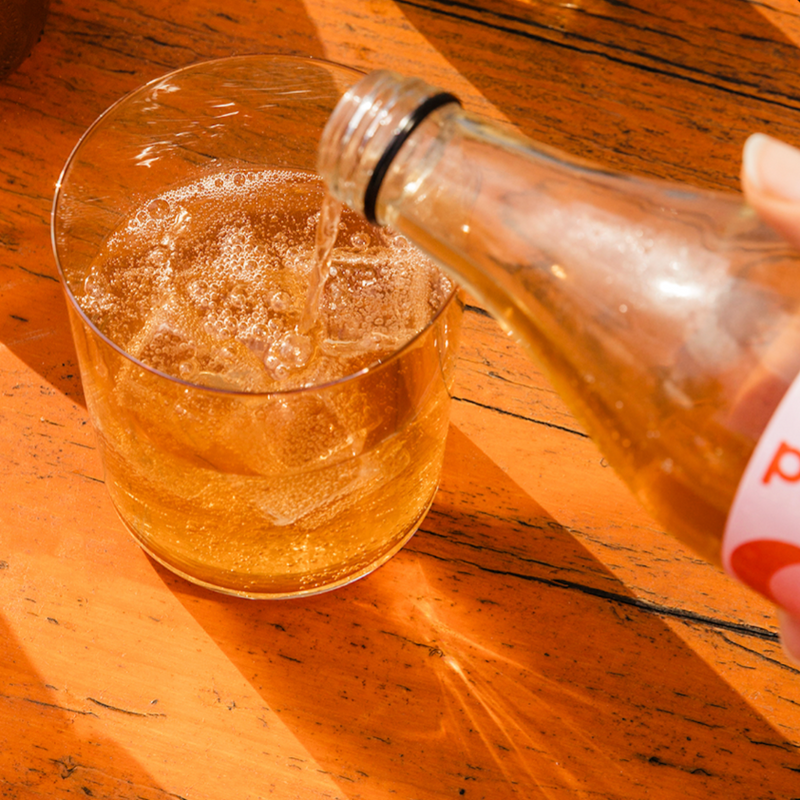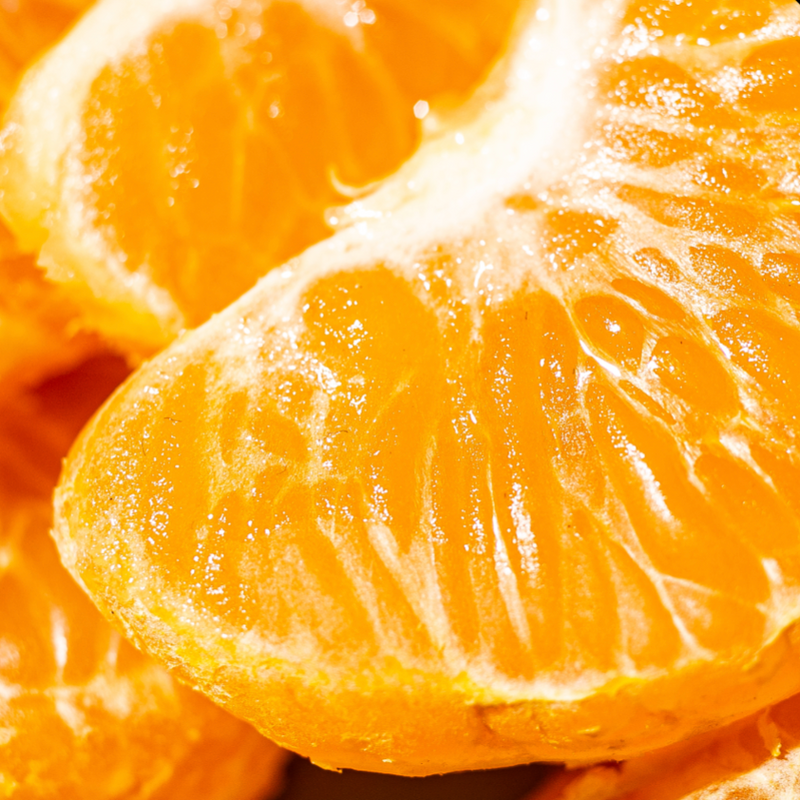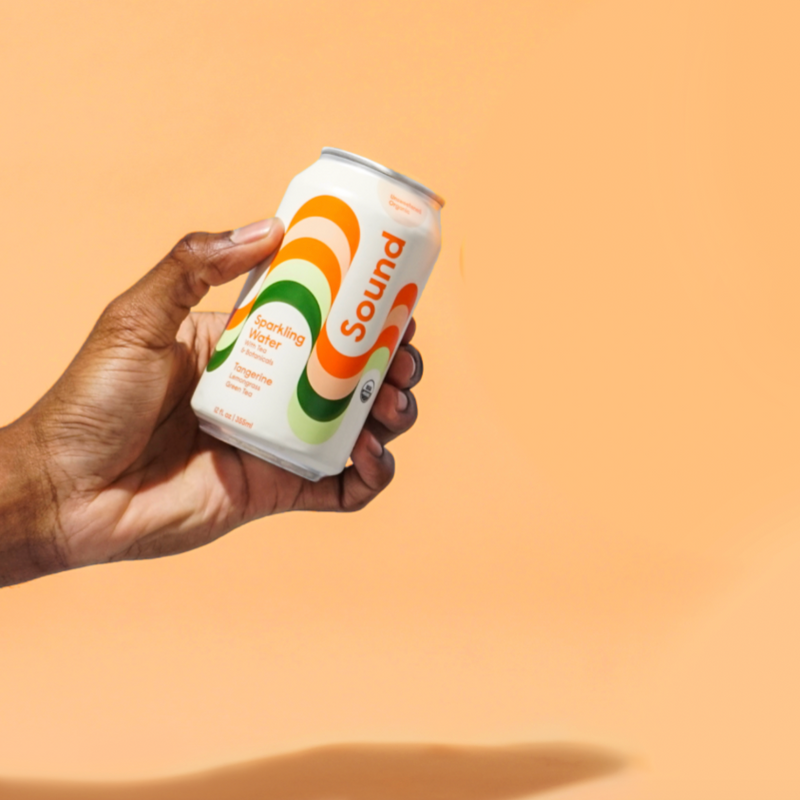Composting is defined as separating out your food and paper waste so that it can decompose and be returned back to the environment for use. When organic matter – whether it’s an apple core, slice of bread or a tree twig – decomposes, it’s a perfect fertilizer for plants & crops to grow. Its purpose is to not only reduce food waste and better feed our plants, but also to lower the rate of greenhouse gas emissions which contribute to climate change, from sending these products to a landfill. It seems super intimidating and probably even overwhelming.
We’re here to make it doable (& not smelly either!).
First off: What to Compost:
- Food waste that is not an animal product – aka compost vegetables, fruit, grains like bread or rice. Don’t compost animal products like fish and cheese.
- Other organic earthy ‘waste’ like twigs, branches, paper, and woodchips
A What to Compost list from the EPA includes fruits & veggies, eggshells, coffee grounds, nut shells, shredded newspaper & other forms of paper, houseplants, dead leaves and cardboard. You may also compost things like dryer & vacuum cleaner lint and cotton or wool rags but these will take a long time to break down.
Compost: No no’s include*
- Any animal products e.g meat, fish, cheese, eggs (shells can be composted)
- Pet poop
- Oils or grease
- Yard trimmings that have been treated with chemical pesticides
- Plants that are “diseased or insect-ridden”
- Coal or charcoal ash
*Many of these, like pet poop & oils, are no-no’s because they attract pests.
According to the EPA, the recipe to a good compost requires three ingredients:
1- “Browns” aka nature-based products like branches & twigs.
2- “Greens” aka the above-mentioned food waste.
3- Water to prevent your compost from drying out and therefore not being productive.
A few composting tips for the beginner:
- You want to have an equal amount of the brown & green groups. We love the recommendation from The Spruce to keep shredded paper on hand so that you can add a handful or so with each deposit of food scraps, so that your compost doesn’t get too soggy.
- It’s a good idea to alternate layers of smaller pieces of organic matter with layers of larger pieces. The smaller the pieces (whether it be food waste or paper scraps), the more quickly it will break down.
- Mix your compost regularly. This will help avoid pockets of soggy or very dry compost.
What are the benefits of composting?
Where do we begin?!
One of the most notable benefits of composting is reduced methane emissions, a greenhouse gas that contributes to climate change. When food waste ends up in a landfill, after some time, methane is released, which causes damage to our atmosphere.
Two words: carbon sequestration. A lot of the public conversation around carbon is simply that it is bad. After watching ‘Kiss the Ground’ (highly rec this documentary btw!), we learned that carbon is a necessity to life – one of the problems is that a lot of carbon is being removed from the soil & is released excessively into the atmosphere, which is where the issue occurs. This excess atmospheric carbon contributes to global warming. We want carbon in our soil – there, it is needed to nourish the soil and for plants to thrive. Inclusion of carbon within the soil helps to create an optimal environment for plants to grow, which in turn provides us with more nutritionally-dense plants to eat as well. Composting is a great way to promote desirable levels of carbon within our soil, as the healthy bacteria use the carbon for photosynthesis. Here is some more info on ways to increase carbon sequestration.
Enriches soil nutritionally but also through the creation of a little beneficial microbiome within the soil. This makes it less likely for plants to develop disease while also reducing the need for chemical fertilizers (aka better for the environment, and for us) and even lowering the rates of crop losses for farmers. Just like our human microbiome, these plant microorganisms create nutritious substances for the soil to stay healthy and thrive.
What if I don’t have a garden?
You can use a special composting bin that stays within the house (like one of these). If you’re composting correctly, there should not be an odor & pests will not be an issue. That compost can be used for lots of purposes, including to fuel your own potted plants, or donating it within your community for others to use.
If you do have an outdoor space, the EPA recommends to add both brown & green composting materials each day, moistening any dry pieces with water. As noted above, it’s a good idea to keep an eye and make sure your compost is moist, and to mix its contents regularly as well. Here are a few signs that your compost is ready for use.
I don’t know about you but composting isn’t as daunting as I initially thought. The key is having the tools ready and handy — the composting bin and paper scraps. IMO, it’s benefits for the planet — and for us — make it so worth it.
*featured image courtesy of @kisstheground

